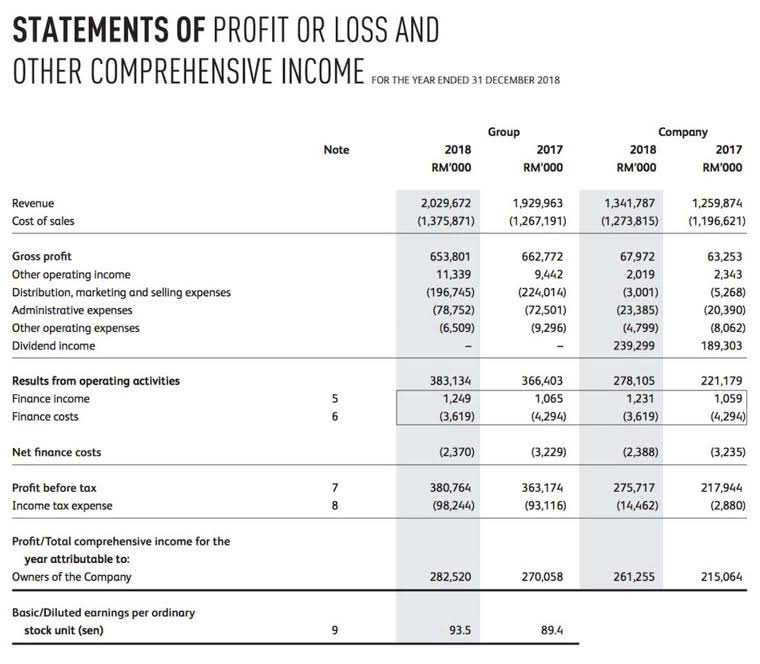
If it’s something extremely valuable, you might want an appraisal as of that date. Your best chance to obtain a fair market value is from the estate executor. It may be worth it to find an expert in the field, to help you with your eBay accounting needs. This means you have to know the acquisition date and cost basis for all of your stuff.
Selecting the right accounting software for your eBay store
FreshBooks easily offers some of the best https://www.bookstime.com/ invoicing features accounting software can buy. Even its basic plan comes with automations that providers like QuickBooks don’t include with their cheapest plans, such as automatic recurring invoice generation. Therefore, you should be aware of all your tax obligations and factor them into your pricing strategy.
- Ensuring that both revenue and expenses are recorded in their correct periods helps provide an accurate view of your financial performance.
- In the fast-paced world of online retail, eBay has emerged as a powerhouse platform for entrepreneurs to showcase their products to a global audience.
- EBay bookkeeping can be time-consuming, but it’s necessary to ensure that you’re meeting your tax obligations and complying with the law.
- Since Easy Auctions Tracker is basically elevated, eBay-specific spreadsheet software, it has far fewer features and much less tax assistance than our other providers.
- Join over 1 million businesses scanning & organizing receipts, creating expense reports and more—with Shoeboxed.
Accounting software ensures tax compliance
- Sellers should keep accurate records of refunds processed due to returned items, as this impacts overall revenue and taxable income.
- Once connected, Link My Books will automatically sync with your eBay account and pull in all the financial data from your sales, refunds, and fees.
- Some of the best eBay accounting software can help streamline the tracking and reporting process and make it easier to stay on top of your financials.
- Reports can be created to highlight top-selling inventory in addition to balance sheets, profit & loss statements, and cash flow statements.
- It provides insights into how cash is generated from operating activities, invested in growth, and used for financing.
So, for those eBay sellers that are on a very tight budget and do not have anything to spend on accounting software, Wave is the best option to go for. Making each sale as profitable as you can while keeping an eye on your bottom line is essential for any eBay seller. A large number of accounting software providers have upgraded to offer sellers resources to handle stock, costs, shipping, and payroll. Other features include expense tracking, invoicing, and easy report generation, which makes financial management for eBay sellers a breeze. For inventory management, it’s essential to have a system that keeps track of sales across all channels within the accounting software. Now that we’ve looked at some of the things you need to consider when choosing the best accounting software for your eBay business, it’s time to move on to our top picks.

The Best Accounting Software for eBay Sellers
This includes monitoring payments received from buyers, eBay fees for selling, shipping costs, and any refunds or returns. Lenders require detailed financial records when considering loan applications. Well-organised accounting can increase your chances of securing financing for expansion or managing cash flow. With clear insights into your business’s performance, you can plan for growth, manage investments, and prepare for upcoming expenses. EBay accounting automating reduces the risk of data loss or financial mismanagement.
Wave: Top Free Accounting Software
In this comprehensive guide, we’ll walk you through the essential steps on how to do bookkeeping for eBay, ensuring that your financial records are accurate, organized, and tax-compliant. With features like financial analytics, benchmarking, and automated payout reconciliation, you get bookkeeping for ebay sellers clear insights into your business’s performance. Plus, the setup is quick and easy, with a wizard that guides you through connecting your eBay account and configuring your tax rates. By staying organised with receipts and invoices, you’ll have a clear record of your eBay business transactions, making it easier to manage your finances efficiently. Gross Margin measures the profitability of your eBay sales after accounting for the cost of goods sold.
- Gone are the days when eBay sellers had to track their inventory, income, and expenses using spreadsheets, personal finance software, or desktop applications.
- The fees are typically a percentage of the total sale price plus a fixed fee per transaction.
- While manual methods such as using spreadsheets may work for smaller sellers, automated solutions offer long-term scalability and efficiency.
- Integrating eBay with tax software can automate the process of calculating and remitting sales taxes.
Leverage automation features within your accounting software to streamline repetitive tasks, such as data entry and categorization. Managing taxes can be tricky, especially when selling across different regions with varying tax laws. Link My Books calculates the tax on every sale, ensuring the correct VAT or sales tax is applied based on the jurisdiction. Think about factors like inventory management, eBay balance sheet VAT calculations, eBay sales reports, third-party integrations, pricing, and any special features that align with your business.
What is the Best Way to Handle Returns and Refunds in eBay Accounting?

Optimised eBay business accounting procedures allow sellers to monitor cash flow, profits, and losses. This helps in making informed decisions, knowing exactly where your business stands financially at any given time. You can track how much you have left of each product as you make sales and ship those products. With clear records, you can see how quickly you go through your stock and when you’ll need to restock. It can also help you manage your business expenses to see how much profit you turn over compared to your inventory costs.


QuickBooks Online, Zoho Books, and FreshBooks are all solid picks for sellers who want more hands-off automation. But the Countingup app does more than just streamline the bookkeeping process; it also helps you understand your money. The app shows you how much to make and spend in a crystal clear way with cash flow insights. These insights can help you plan for better profits and put excess cash aside for growth. This information will be necessary when creating your income statement, which shows how much you earn next to how much you spend.












